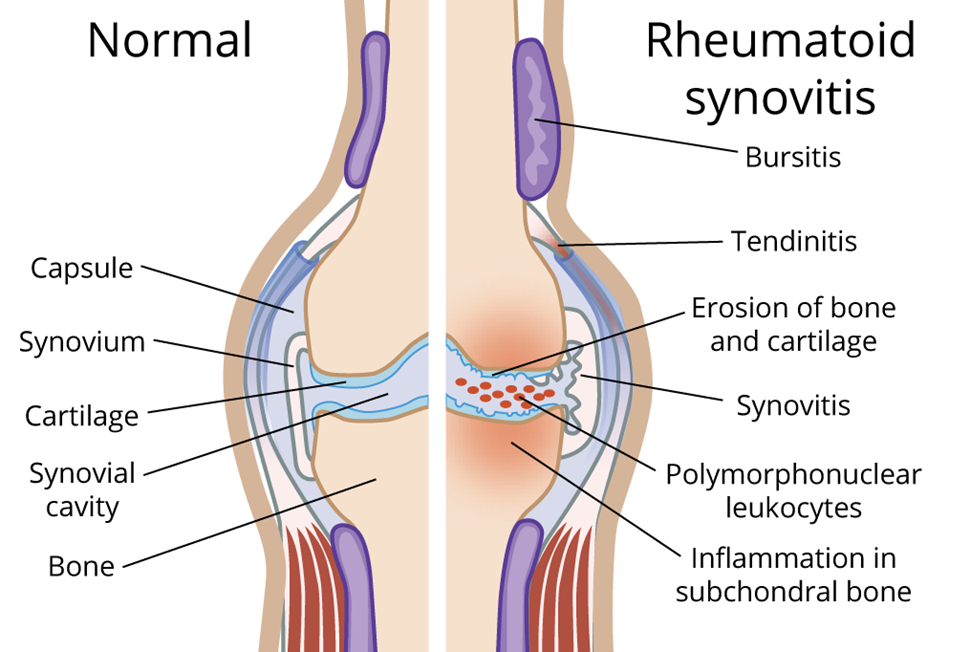A nurse is providing care for a client who is 2 days postoperative following abdominal surgery and is about to progress from a clear liquid diet to full liquids. Which of the following items should the nurse tell the client he may now request to have on his meal tray?
Chicken broth
Flavored gelatin
Cranberry juice
Skim milk
The Correct Answer is D
Choice A reason:
Chicken broth: Chicken broth is part of a clear liquid diet, which is typically recommended immediately after surgery to ensure the digestive system is not overburdened. While nutritious, it does not meet the criteria for a full liquid diet, which includes more substantial liquids.
Choice B reason:
Flavored gelatin: Flavored gelatin is also a component of a clear liquid diet. It is easy to digest and provides some hydration and minimal calories. However, it does not provide the nutritional value needed for a full liquid diet.
Choice C reason:
Cranberry juice: Cranberry juice is another item that fits within a clear liquid diet. It is hydrating and provides some vitamins but lacks the protein and calories necessary for a full liquid diet.
Choice D reason:
Skim milk: Skim milk is appropriate for a full liquid diet. It provides essential nutrients, including protein, calcium, and vitamins, which are necessary for recovery after surgery4. Full liquid diets are designed to be more nutritious than clear liquid diets and include items like milk, cream soups, and smooth dairy products.
Nursing Test Bank
Naxlex Comprehensive Predictor Exams
Related Questions
Correct Answer is ["0.5"]
Explanation
Step 1: Determine the dosage required. Required dosage = 1 mg
Step 2: Determine the concentration of the available solution. Available concentration = 1 mg/0.5 mL
Step 3: Calculate the volume to be administered. Volume to be administered = Required dosage ÷ Available concentration Volume to be administered = 1 mg ÷ (1 mg ÷ 0.5 mL)
Step 4: Perform the division. 1 ÷ (1 ÷ 0.5) = 1 ÷ 2 = 0.5
Step 5: Round the answer to the nearest tenth. Rounded volume = 0.5 mL
The nurse should administer 0.5 mL.
Correct Answer is D
Explanation
Choice A reason: Take the Medication with Orange Juice
Taking betamethasone with orange juice is not specifically recommended. While orange juice can help with the taste of some medications, it does not have any particular benefit for betamethasone. Additionally, citrus juices can sometimes interfere with the absorption of certain medications.
Choice B reason: Take the Medication Between Meals
Taking betamethasone between meals is not advised. This medication can cause stomach upset, and taking it on an empty stomach can exacerbate this issue. It is generally recommended to take corticosteroids with food to minimize gastrointestinal discomfort.
Choice C reason: Take the Medication on an Empty Stomach
Taking betamethasone on an empty stomach is not recommended for the same reasons as above. It can lead to stomach irritation and discomfort. Taking the medication with food or milk helps to reduce these side effects.
Choice D reason: Take the Medication with Milk
Taking betamethasone with milk is the correct instruction. Milk can help to buffer the stomach lining and reduce the risk of gastrointestinal irritation, which is a common side effect of corticosteroids. This practice helps to ensure that the medication is tolerated well by the client.

Whether you are a student looking to ace your exams or a practicing nurse seeking to enhance your expertise , our nursing education contents will empower you with the confidence and competence to make a difference in the lives of patients and become a respected leader in the healthcare field.
Visit Naxlex, invest in your future and unlock endless possibilities with our unparalleled nursing education contents today
Report Wrong Answer on the Current Question
Do you disagree with the answer? If yes, what is your expected answer? Explain.
Kindly be descriptive with the issue you are facing.
